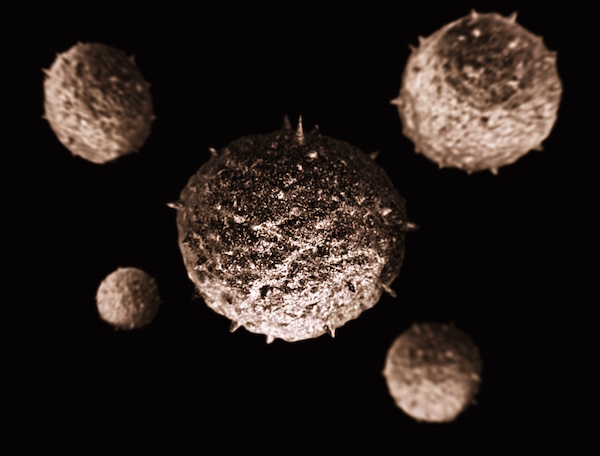FRIDAY, Nov. 5 (HealthDay News) — People undergoing cancer treatment traditionally have been told to rest as much as possible and avoid exertion, to save all their strength to battle the dreaded disease.
But a growing number of physicians and researchers now say that people who remain physically active as best they can during treatment are more likely to beat cancer.
The positive evidence for exercise during and after cancer treatment has piled so high that an American College of Sports Medicine panel is revising the group’s national guidelines regarding exercise recommended for cancer survivors.
The panel’s conclusion: Cancer patients and survivors should strive to get the same amount of exercise recommended for everyone else, about 150 minutes a week of moderate-intensity aerobic exercise. Resistance training and stretching also are recommended.
“Exercise is so important for cancer patients, but so many doctors and health professionals are concerned about safety issues — is it safe for people undergoing treatment to exercise?” said Colleen Doyle, director of nutrition and physical activity at the American Cancer Society. “And this group has decided that yes, it is. These guidelines really help lay some of those issues to rest. This clearly delineates that it is safe and it is feasible and we should be recommending exercise for cancer patients.”
The new guidelines stand as an important sea change in cancer treatment, said Kathryn Schmitz, an associate professor of epidemiology and biostatistics at the University of Pennsylvania School of Medicine and a researcher at the university’s Abramson Cancer Center, who presented the guidelines at a meeting this past summer of the American Society of Clinical Oncology.
“The exercise guidelines for all Americans stand for cancer patients undergoing treatment,” Schmitz said. “This is a landmark statement because the guidelines up to this point have been, ‘Take it easy, don’t push yourself.'”
But that’s changed, she explained. “Not only is exercise safe, but it has a number of benefits for cancer patients during treatment,” she said.
The top benefit is a better chance of survival. Exercise seems to make the body better able to withstand the withering effects of such cancer treatments as chemotherapy and radiation therapy.
“Evidence is promising that exercise may make cancer treatment more effective,” Schmitz added. For example, breast cancer patients doing resistance training were better able to take a full dose of chemotherapy, rather than having to cut the treatment short due to the detrimental effects of chemo on the body, she said.
Other exercise benefits for cancer patients and survivors include:
- Reduced fatigue. Aerobic activity has been found to lessen the need for drugs to increase production of red blood cells because of chemo damage. The loss of red blood cells is responsible for much of the crippling fatigue that people often feel while undergoing cancer treatment. “You do need less medical attention for your fatigue during chemotherapy if you are physically active,” Schmitz said.
- Reduced loss of muscle and bone mass. “A lot of patients lose muscle mass and bone density during chemotherapy or hormone therapy,” said Dr. Eleanor M. Walker, division director of breast services in the radiation oncology department at Henry Ford Hospital in Detroit and lead author of an ongoing study on exercise for cancer patients. Evidence has found that regular workouts can attenuate the wasting away that comes both from the cancer itself and cancer treatments.
- Improved quality of life. People with cancer feel better overall when they exercise. Fatigue is less, but there also are emotional benefits to be had. “There’s such a sense of fear, such a sense of loss of control, a lot of stress — and we know that exercise helps calm those fears and restores a sense of control,” Doyle said.
Doctors do not expect cancer patients to always be able to keep up the same level of physical activity as healthy people. “We understand that a person throwing up because of chemotherapy may have trouble getting that amount of exercise, but they still should be avoiding inactivity as much as they can,” Schmitz said.
Workout plans also will have to be tweaked to best fit the person’s condition, according to the American College of Sports Medicine panel. For example, some types of cancer therapy can make bones more brittle, requiring exercise that places less stress on them. Other cancer patients could be so vulnerable to infection because of their embattled immune system that they would need to exercise away from other people.
But overall, the new message is clear: If you have cancer, you’ll have a more successful fight against it and a better recovery afterward if you exercise as much as possible.
“Our study is potentially showing that even if you don’t start your exercise training until you’ve received your diagnosis, it can still be of some help,” Walker said. “And if you’re in a healthier state before you get a diagnosis of cancer, you’re going to do better because your body is in better shape and you have reserves there.”
More information
The American Cancer Society has more on coping with cancer.

